Category: Letter C
-
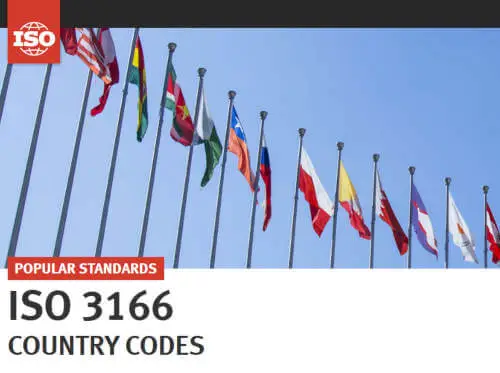
Country Code in the Domain Name System
Learn what the Country Code is. A two-letter code identifying top-level domains for countries in the Domain Name System (DNS).
-
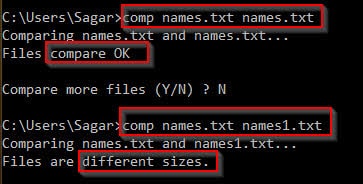
Comp Command
Comp Command is a Microsoft Windows command for performing a bytewise comparison of the contents of different files. The comp command is typically used for byte-by-byte comparison of text files, or for a comparison of the contents of two directories. Comp Command examples To compare C:\file1.txt and C:\file2.txt and show the differences between them as…
-
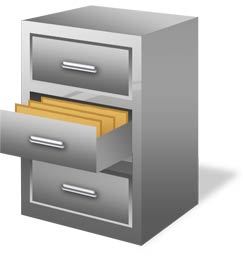
Cabinet Files
What are Cabinet Files? Cabinet Files are files with the extension .cab that store compressed files, usually for distributing software. Cabinet files can contain multiple files in a compressed state, or a single compressed file can be spread over several cabinet files. During installation of software, the setup program decompresses the cabinet files and copies…
-

COM Component: An In-Depth Exploration
A COM Component, rooted in Microsoft’s Component Object Model (COM) technology, is an architectural cornerstone in the legacy of software development.
-
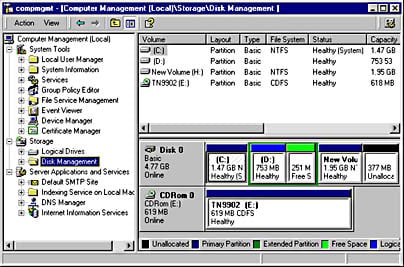
Computer Management
Definition of Computer Management in the Network Encyclopedia. What is Computer Management? Computer Management is a collection of Windows administrative tools that you can use to manage a local or remote computer. The tools are organized into a single console, which makes it easy to view administrative properties and to gain access to the tools…
-
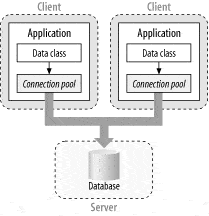
Connection Pooling
Connecting to a database server typically consists of several time-consuming steps. A physical channel such as a socket or a named pipe must be established, the initial handshake with the server must occur, the connection string information must be parsed, the connection must be authenticated by the server, checks must be run for enlisting in…
-

Collapsed Backbone
Explore the efficiency of collapsed backbone architecture in networking, its applications, advantages, and future trends in our detailed guide.
-
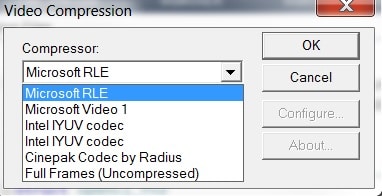
Codec
Definition of CODEC in the Network Encyclopedia. What is Codec (in computing)? CODEC, short for compressor/decompressor, is an encoding algorithm used for recording digital audio or video. A codec compresses transmitted data at the sending end and decompresses it at the receiving end. Microsoft NetShow uses different codecs to provide streaming multimedia information over a TCP/IP…
-
Clustering
Clustering is any technology that enables two or more servers to appear to clients as a single system. Microsoft Cluster Server (MSCS) is a two-node clustering solution included in Microsoft Windows NT Server, Enterprise Edition. How Clustering Works A cluster consists of two or more nodes connected to a shared file system. Each of the…
-
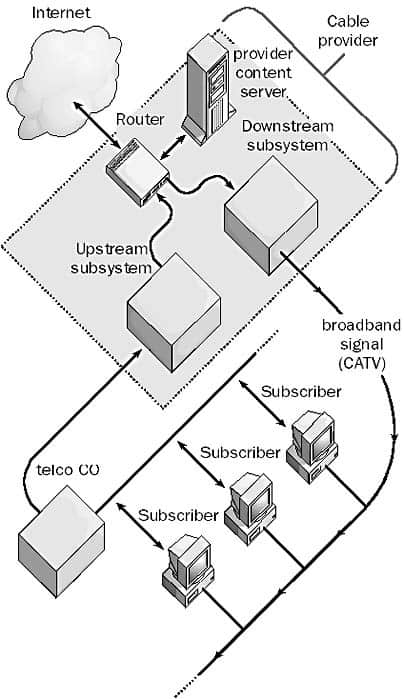
Cable Modem
Cable Modem is a device that allows your computer to access the Internet through dedicated broadband transmission networking services by means of your home cable TV (CATV) connection.
-
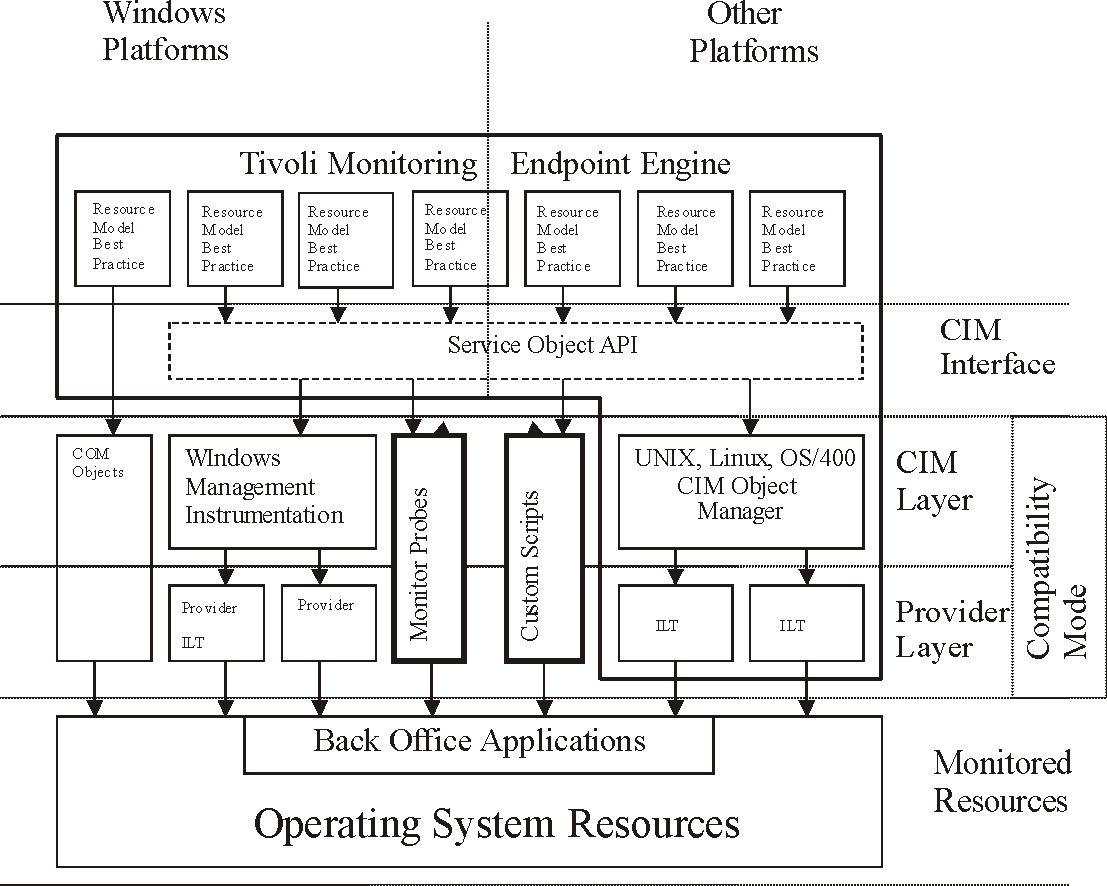
Common Information Model (CIM)
CIM, or Common Information Model, is an emerging standard from the Distributed Management Task Force (DMTF), formerly named the Desktop Management Task Force for an extensible, object-oriented schema for managing the information collected from computers, networking devices, protocols, and applications.
